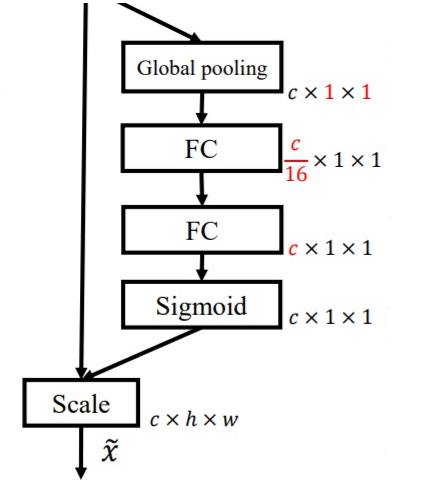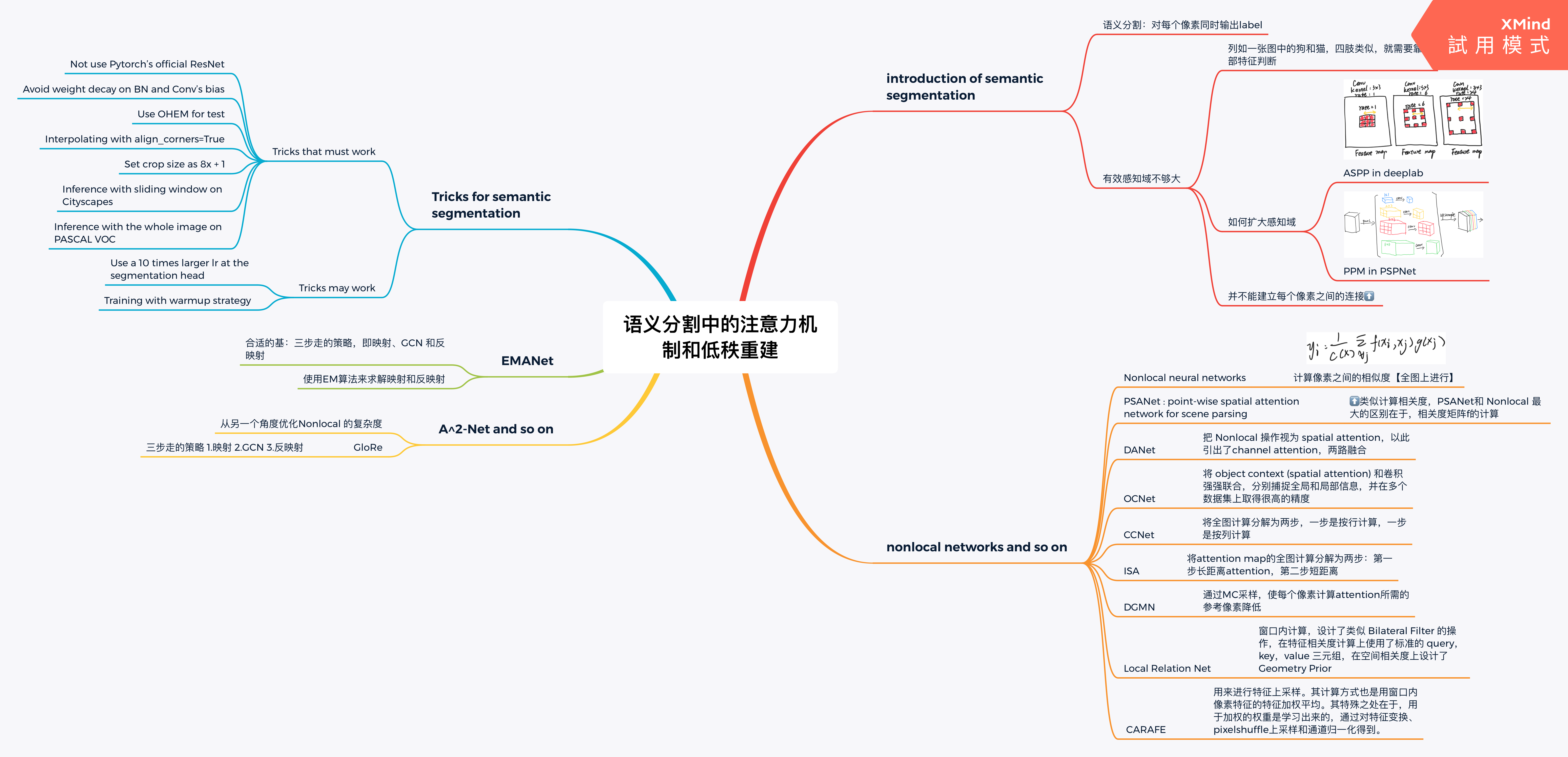第四周:卷积神经网络 part3
代码练习
HybridSN 高光谱分类网络

class HybridSN(nn.Module):
def __init__(self):
super(HybridSN,self).__init__()
# conv1:(1, 30, 25, 25), 8个 7x3x3 的卷积核 ==>(8, 24, 23, 23)
self.conv3d1 = nn.Conv3d(1,8,kernel_size=(7,3,3),stride=1,padding=0)
self.bn1 = nn.BatchNorm3d(8)
#conv2:(8, 24, 23, 23), 16个 5x3x3 的卷积核 ==>(16, 20, 21, 21)
self.conv3d2 = nn.Conv3d(8,16,kernel_size=(5,3,3),stride=1,padding=0)
self.bn2 = nn.BatchNorm3d(16)
#conv3:(16, 20, 21, 21),32个 3x3x3 的卷积核 ==>(32, 18, 19, 19)
self.conv3d3 = nn.Conv3d(16,32,kernel_size=(3,3,3),stride=1,padding=0)
self.bn3 = nn.BatchNorm3d(32)
#二维卷积:(576, 19, 19) 64个 3x3 的卷积核,得到 (64, 17, 17)
self.conv2d4 = nn.Conv2d(576,64,kernel_size=(3,3),stride=1,padding=0)
self.bn4 = nn.BatchNorm2d(64)
#flatten
self.fc1 = nn.Linear(18496,256)
#256,128节点的全连接层,都使用比例为0.4的 Dropout
self.fc2 = nn.Linear(256,128)
#最后输出为 16 个节点,是最终的分类类别数
self.fc3 = nn.Linear(128,16)
self.dropout = nn.Dropout(0.4)
def forward(self,x):
#前向计算
out = F.relu(self.bn1(self.conv3d1(x)))
out = F.relu(self.bn2(self.conv3d2(out)))
out = F.relu(self.bn3(self.conv3d3(out)))
out = F.relu(self.bn4(self.conv2d4(out.reshape(out.shape[0],-1,19,19))))
out = out.reshape(out.shape[0],-1)
out = F.relu(self.dropout(self.fc1(out)))
out = F.relu(self.dropout(self.fc2(out)))
out = self.fc3(out)
return out


参考:
参考作业
Dive-into-DL-PyTorch
Pytorch 从0开始学
网络中BN层的作用
SENet 实现
在HybridSN中加入SENet模块

#这代码我还得再看看TAT
class_num = 16
class SEBlock(nn.Module):
def __init__(self,in_channels,r=16):
super(SEBlock,self).__init__()
#平均池化
#Squeeze操作,将一个channel上整个空间特征编码为一个全局特征
self.globalAvgPool = nn.AdaptiveAvgPool2d((1,1))
#Excitation操作
self.fc1 = nn.Linear(in_channels,round(in_channels/r))
self.fc2 = nn.Linear(round(in_channels/r),in_channels)
def forward(self,x):
out = self.globalAvgPool(x)
out = out.view(out.shape[0],-1)
out = F.relu(self.fc1(out))
out = F.sigmoid(self.fc2(out))
out = out.view(x.shape[0],x.shape[1],1,1)
out = x * out
return out
class HybridSN(nn.Module):
def __init__(self):
super(HybridSN,self).__init__()
self.conv3d1 = nn.Conv3d(1,8,kernel_size=(7,3,3),stride=1,padding=0)
self.bn1 = nn.BatchNorm3d(8)
self.conv3d2 = nn.Conv3d(8,16,kernel_size=(5,3,3),stride=1,padding=0)
self.bn2 = nn.BatchNorm3d(16)
self.conv3d3 = nn.Conv3d(16,32,kernel_size=(3,3,3),stride=1,padding=0)
self.bn3 = nn.BatchNorm3d(32)
self.conv2d4 = nn.Conv2d(576,64,kernel_size=(3,3),stride=1,padding=0)
self.SElayer = SEBlock(64,16)
self.bn4 = nn.BatchNorm2d(64)
self.fc1 = nn.Linear(18496,256)
self.fc2 = nn.Linear(256,128)
self.fc3 = nn.Linear(128,16)
self.dropout = nn.Dropout(0.4)
def forward(self,x):
out = F.relu(self.bn1(self.conv3d1(x)))
out = F.relu(self.bn2(self.conv3d2(out)))
out = F.relu(self.bn3(self.conv3d3(out)))
out = F.relu(self.bn4(self.conv2d4(out.reshape(out.shape[0],-1,19,19))))
out = self.SElayer(out)
out = out.reshape(out.shape[0],-1)
out = F.relu(self.dropout(self.fc1(out)))
out = F.relu(self.dropout(self.fc2(out)))
out = self.fc3(out)
return out

参考:
参考作业
SENet实现
pytorch实现SeNet
视频学习
语义分割中的自注意力机制和低秩重重建
图像语义分割前沿进展





 浙公网安备 33010602011771号
浙公网安备 33010602011771号